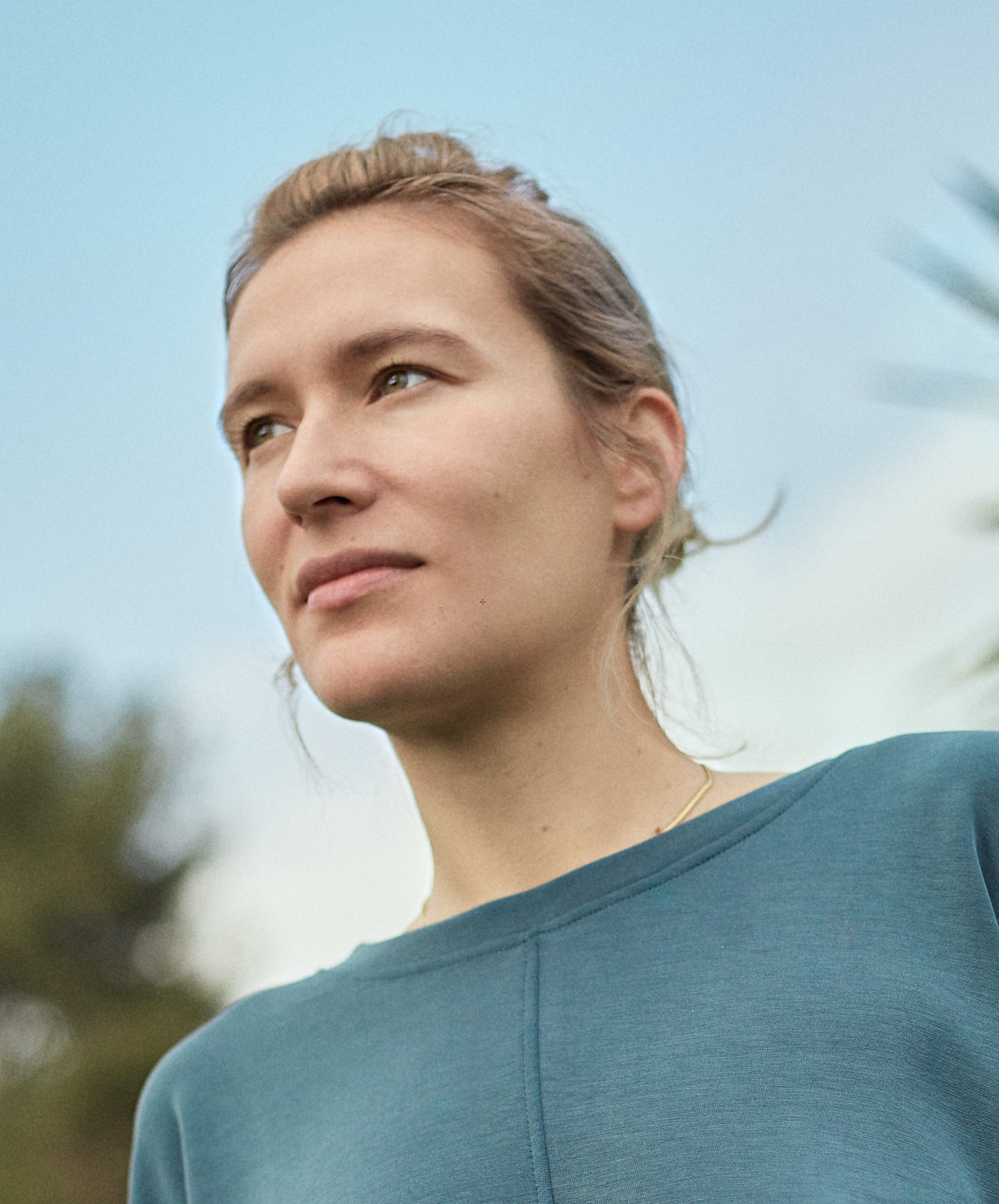In 2018, #DontTellMeHowToDress became the Thai heir to #metoo—except that it directly addressed the government in the wake of official recommendation made to women not to wear revealing clothes during the Buddhist New Year to avoid sexual assault. T...




